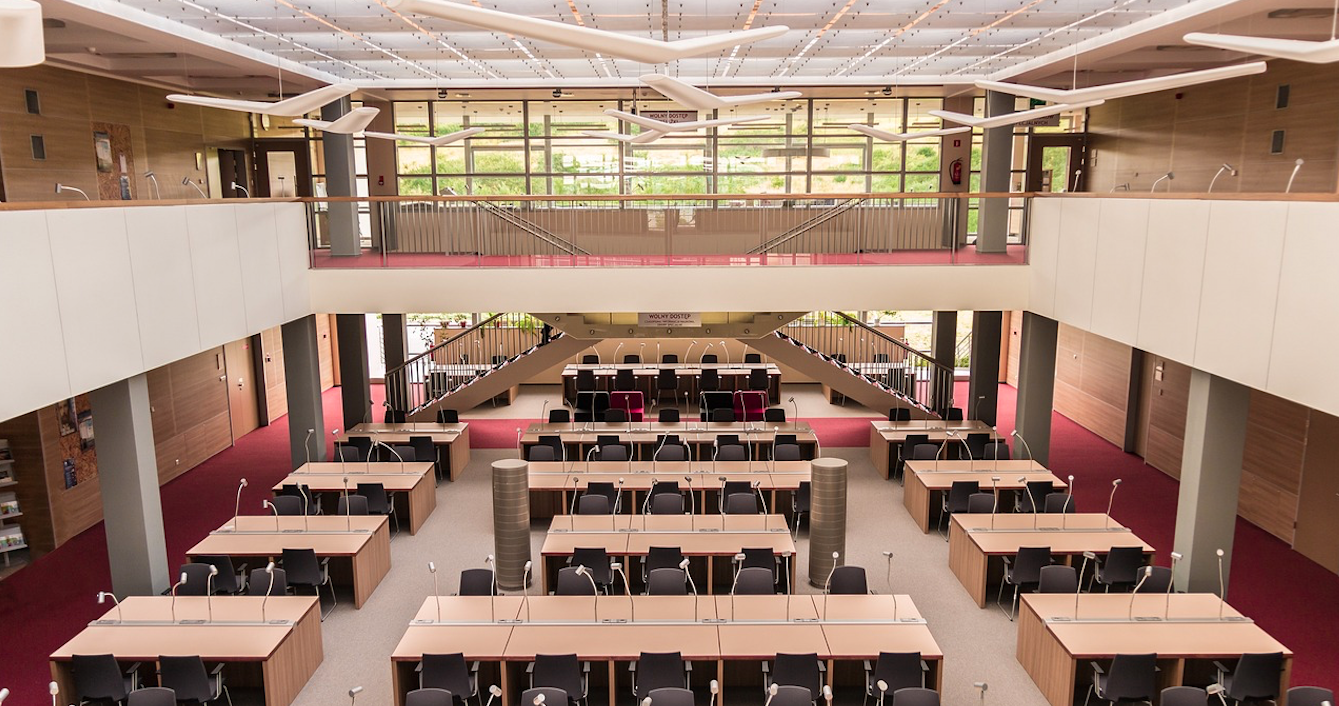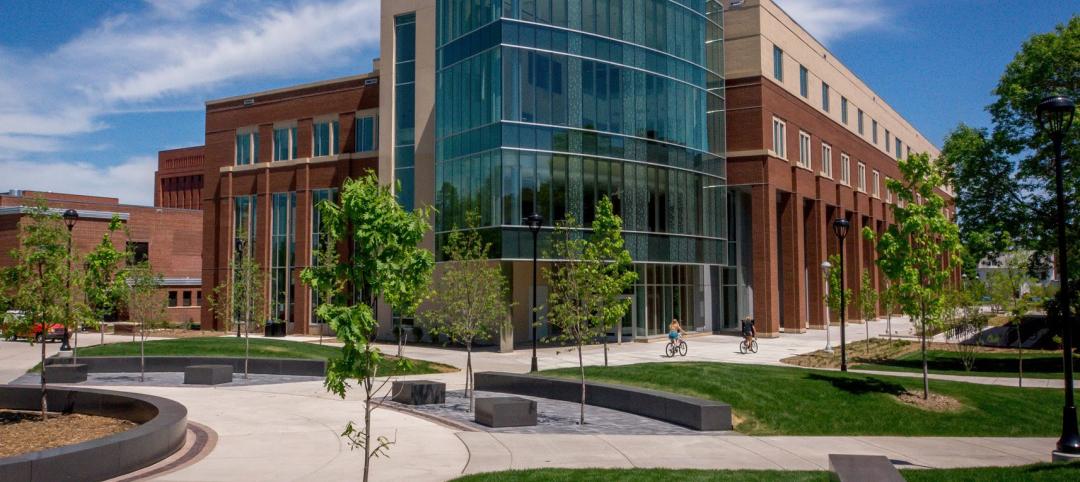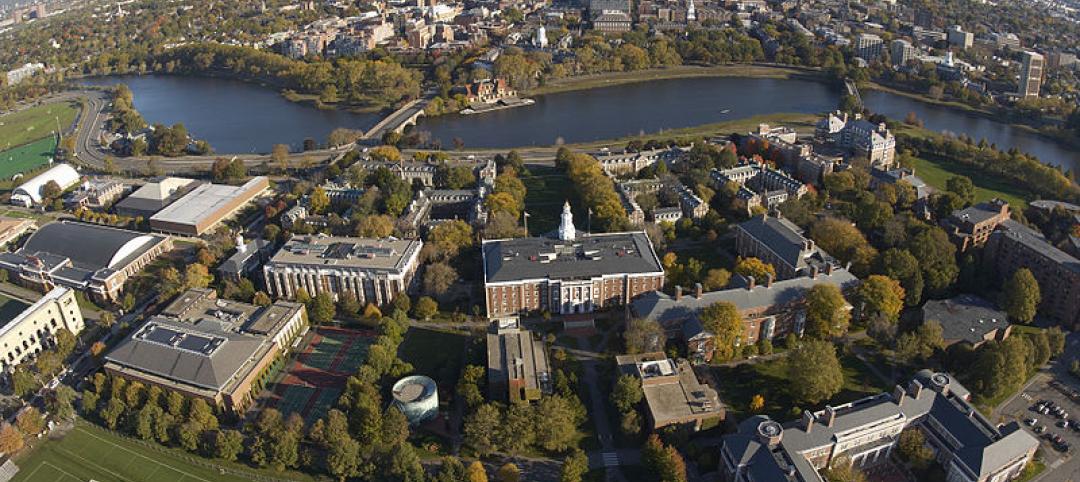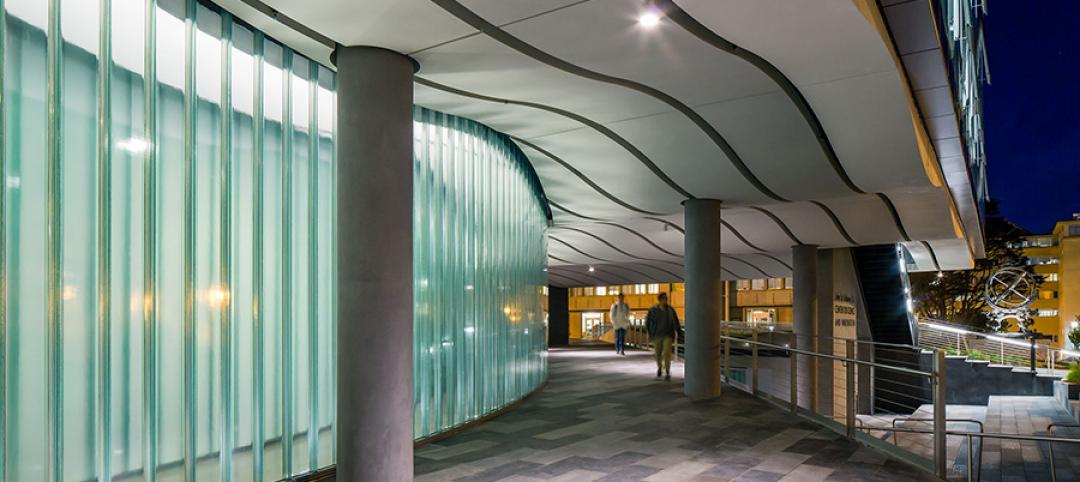Many North American colleges and universities are pursuing a high-risk strategy to build new campus facilities as a way to reverse lagging student enrollment, according to a new report from Sightlines, a Gordian company and a facilities intelligence and analysis firm focused on higher education institutions.
The 2017 State of Facilities in Higher Education report from Sightlines found that, overall, there was more than 10% growth in campus space from 2007-2016 (the most recent period for which data is available), eclipsing enrollment growth of just 8% for the same 10-year period. This is the fourth consecutive year Sightlines has documented a trend of space growth outpacing enrollment growth on North American college campuses.
“In light of the facilities management challenges facing higher education institutions—notably large segments of aging building stock and flattening if not declining enrollment trends—it’s extraordinary to see that many higher education decision-makers are choosing to add new buildings to their campuses,” said Mark Schiff, President of Sightlines. “While our research indicates that institutions are taking steps to invest more strategically in facilities resources, the vast majority continue to underestimate the renewal needs of deteriorating spaces while pushing high-risk investments into new facilities.”
The gap between space growth and enrollment growth is even more pronounced for master’s and baccalaureate institutions. Master’s institutions saw an average enrollment growth of less than 4% from 2007-2016, but a stunning growth rate in campus space of more than 12% over that same time period.
‘While our research indicates that institutions are taking steps to invest more strategically in facilities resources, the vast majority continue to underestimate the renewal needs of deteriorating spaces while pushing high-risk investments into new facilities.’
— Mark Schiff, Sightlines
Baccalaureate institutions have experienced minimal enrollment growth since 2007 but still averaged a 6% growth in campus space over the past decade. The only exception was research universities, where 14% enrollment growth from 2007-2016 exceeded an average of 11% growth in campus space for the same period.
Sightlines’ fifth annual report includes data from 366 higher education institutions in the U.S. and Canada, with a collective enrollment of 3.1 million students and 1.5 billion total square feet of campus space, including more than 52,000 buildings. Approximately 40% of the institutions in the study were private and 60% were public.
Other highlights in the 2017 report included the following:
• Campus facilities operations budgets have failed to keep up with inflation, creating stress on service levels. The report found that average campus facilities operating budgets rose from $5.51 in 2007 to $5.94 in 2016, a nearly 8% increase; the CPI-U as reported by the federal government over that time has grown nearly 15.5%, almost twice as much.
• A huge wave of campus facilities construction in the 1960s, which accommodated the surge in Baby Boomers, is reaching the end of its usefulness in the next decade, creating significant stress on institutions as to what to do with those buildings. This wave of aging buildings now represents 40% of the space on campuses.
• Another large wave of campus facilities construction in the 1990s-2000s will require massive maintenance outlays in the next decade, presenting a significant capital demand on institutions. This wave of further enrollment growth and expanding program demands represents another 30% of campus space.
• Many institutions are recognizing the expanding need for facilities maintenance resources and, since the downturn of 2008-09, have been increasing maintenance budgets to tackle the challenge. In fact, even in the face of tremendous space growth to match enrollment growth, facilities funding at research institutions is up 14%. While overall facilities funding levels are down from the 2007-2009 window where resources often effectively met need, funding at baccalaureate and master’s institutions has in recent years been on the rise.
• Oddly, institutions don’t extend this maintenance expansion trend to their landscape programs. In spite of the fact that landscaping is a relatively inexpensive place to invest operating dollars, grounds coverage areas have actually decreased 3-4% over the past decade.
“Given the demands of managing more space with fewer resources and at greater impact to the institution’s overall recruitment and retention goals, successful facilities departments are being pushed to develop creative responses to these challenges,” said Schiff. “Every campus we see developing effective solutions has in place programs to analyze objective data and utilize comparative metrics to track performance, communicate accomplishments and articulate needs to the community or leadership.”
Related Stories
| Jul 18, 2014
2014 Giants 300 Report
Building Design+Construction magazine's annual ranking the nation's largest architecture, engineering, and construction firms in the U.S.
| Jul 11, 2014
$44.5 million Centennial Hall opens at University of Wisconsin-Eau Claire
Centennial Hall houses the College of Education and Human Sciences and consolidates teacher education. It is the first new academic building on the UW-Eau Claire campus in more than 30 years.
| Jul 10, 2014
Berkeley Lab opens 'world's most comprehensive building efficiency simulator'
DOE’s new FLEXLAB is a first-of-its-kind simulator that lets users test energy-efficient building systems individually or as an integrated system, under real-world conditions.
| Jul 9, 2014
Harvard Business School to build large-scale conference center
Expected to open in 2018, the facility will combine the elements of a large-scale conference center, a performance space, and an intimate community forum. The new building will be designed by Boston-based William Rawn and Associates.
| Jul 7, 2014
7 emerging design trends in brick buildings
From wild architectural shapes to unique color blends and pattern arrangements, these projects demonstrate the design possibilities of brick.
Sponsored | | Jul 7, 2014
Channel glass illuminates science at the University of San Francisco
The University of San Francisco’s new John Lo Schiavo Center for Science and Innovation brings science to the forefront of academic life. Its glossy, three-story exterior invites students into the facility, and then flows sleekly down into the hillside where below-grade laboratories and classrooms make efficient use of space on the landlocked campus.
| Jul 2, 2014
Emerging trends in commercial flooring
Rectangular tiles, digital graphic applications, the resurgence of terrazzo, and product transparency headline today’s commercial flooring trends.
| Jun 30, 2014
Research finds continued growth of design-build throughout United States
New research findings indicate that for the first time more than half of projects above $10 million are being completed through design-build project delivery.
| Jun 18, 2014
Arup uses 3D printing to fabricate one-of-a-kind structural steel components
The firm's research shows that 3D printing has the potential to reduce costs, cut waste, and slash the carbon footprint of the construction sector.
| Jun 16, 2014
6 U.S. cities at the forefront of innovation districts
A new Brookings Institution study records the emergence of “competitive places that are also cool spaces.”
















